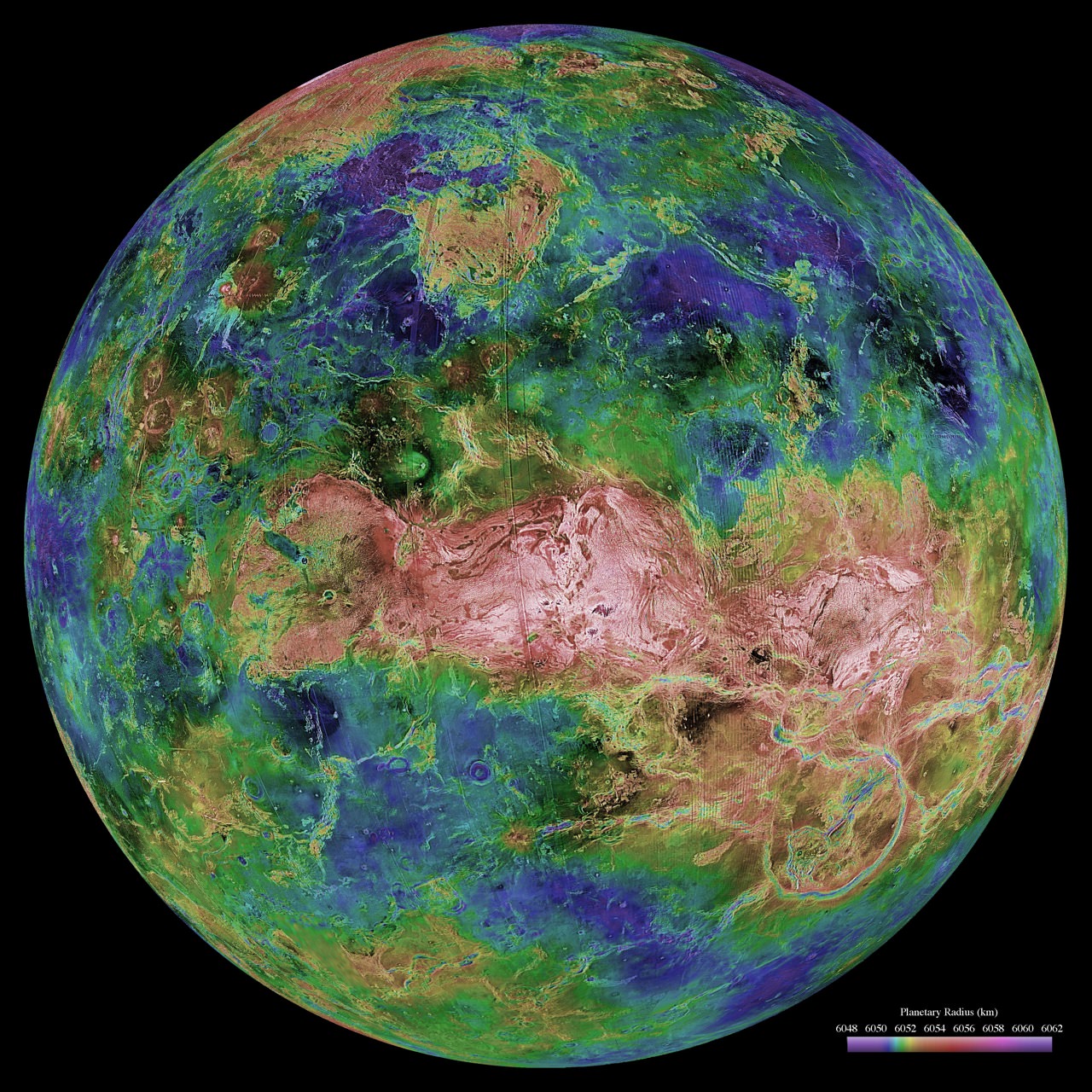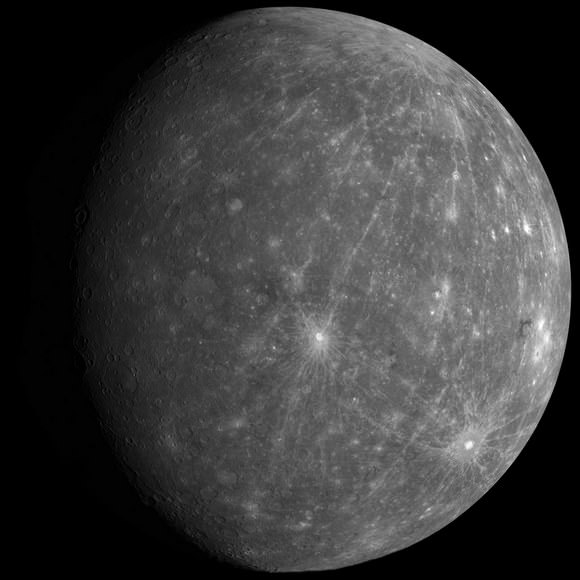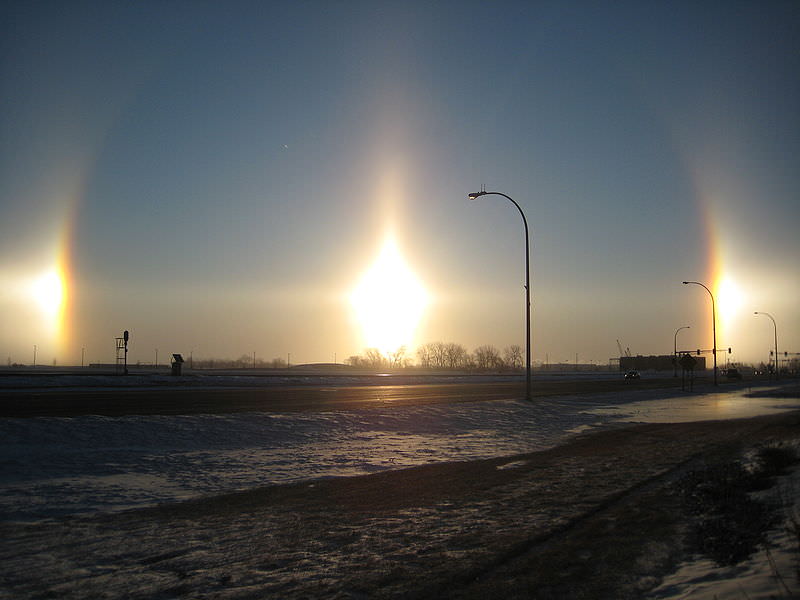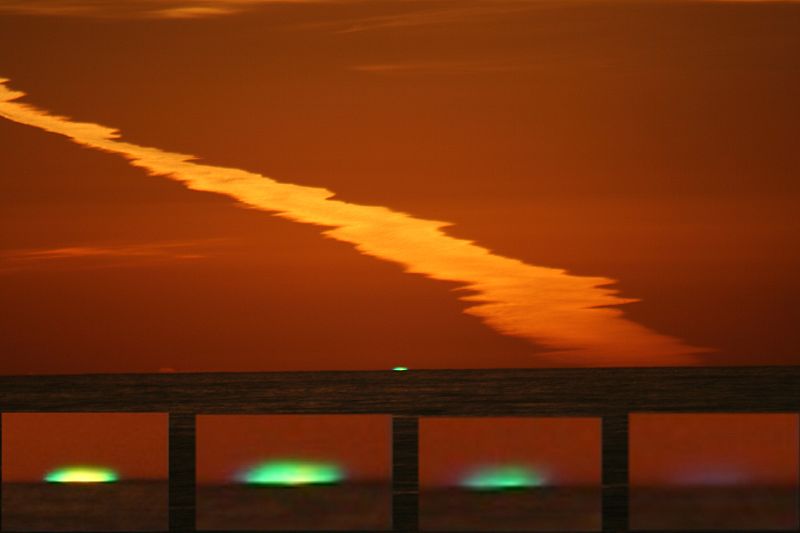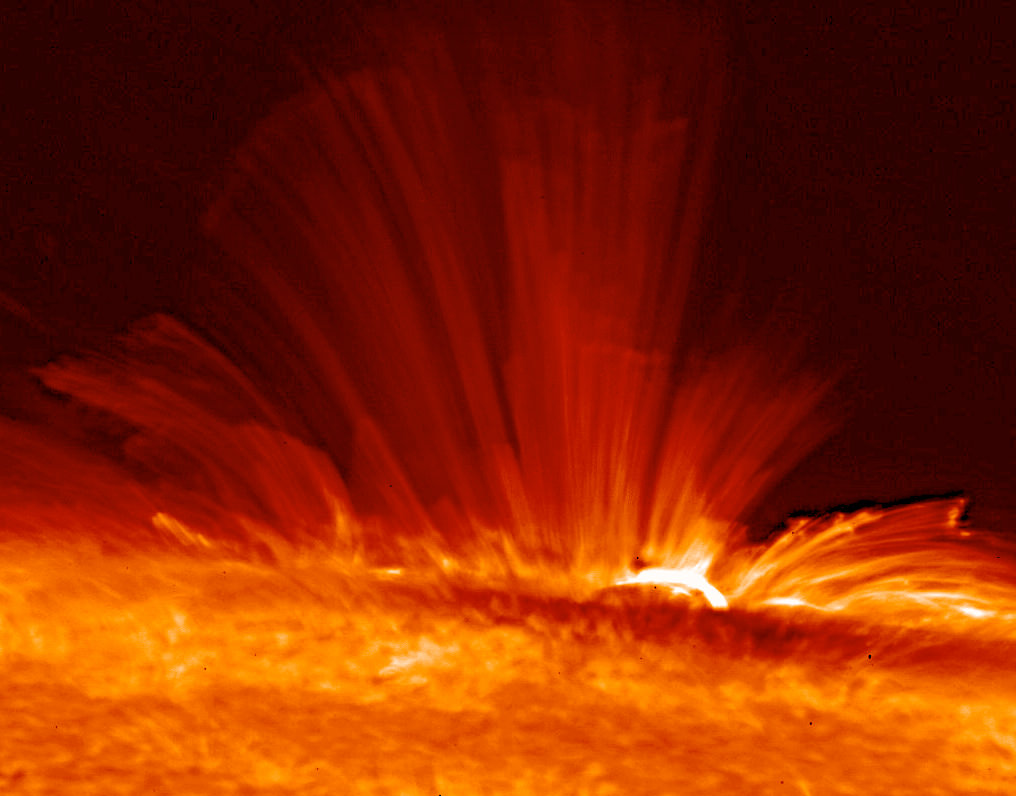You might have heard that Venus is the hottest planet in the Solar System. In fact, down at the surface of Venus it’s hot enough to melt lead. But why is Venus so hot?
Three words: runaway greenhouse effect. In many ways, Venus is a virtual twin of Earth. It has a similar size, mass and gravity as well as internal composition. But the one big difference is that Venus has a much thicker atmosphere. If you could stand on the surface of Venus, you would experience 93 times the atmospheric pressure we experience here on Earth; you’d have to dive down 1 km beneath the surface of the ocean to experience that kind of pressure. Furthermore, that atmosphere is made up almost entirely of carbon dioxide. As you’ve probably heard, carbon dioxide makes an excellent greenhouse gas, trapping heat from the Sun. The atmosphere of Venus allows the light from the Sun to pass through the clouds and down to the surface of the planet, which warms the rocks. But then the infrared heat from the warmed rocks is prevented from escaping by the clouds, and so the planet warmed up.
The average temperature on Venus is 735 kelvin, or 461° C. In fact, it’s that same temperature everywhere on Venus. It doesn’t matter if you’re at the pole, or at night, it’s always 735 kelvin.
It’s believed that plate tectonics on Venus stopped billions of years ago. And without plate tectonics burying carbon deep inside the planet, it was able to build up in the atmosphere. The carbon dioxide built up to the point that any oceans on Venus boiled away. And then the Sun’s solar wind carried the hydrogen atoms away from Venus, making it impossible to ever make liquid water again. The concentration of carbon dioxide just kept increasing until it was all in the atmosphere.
We’ve written many articles about Venus for Universe Today. Here’s an article about the atmosphere of Venus, and here’s an article about how to find Venus in the sky.
If you’d like more info on Venus, here’s a cool lecture about Venus and the greenhouse effect, and here’s more information on the runaway greenhouse effect on Venus.
We’ve also recorded an entire episode of Astronomy Cast just about Venus. Listen here, Episode 50: Venus.


